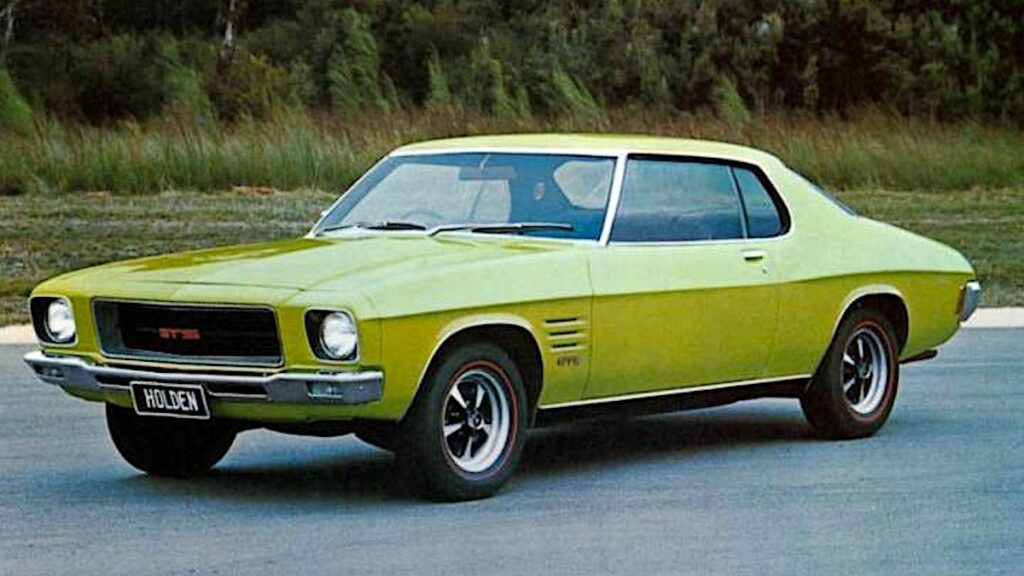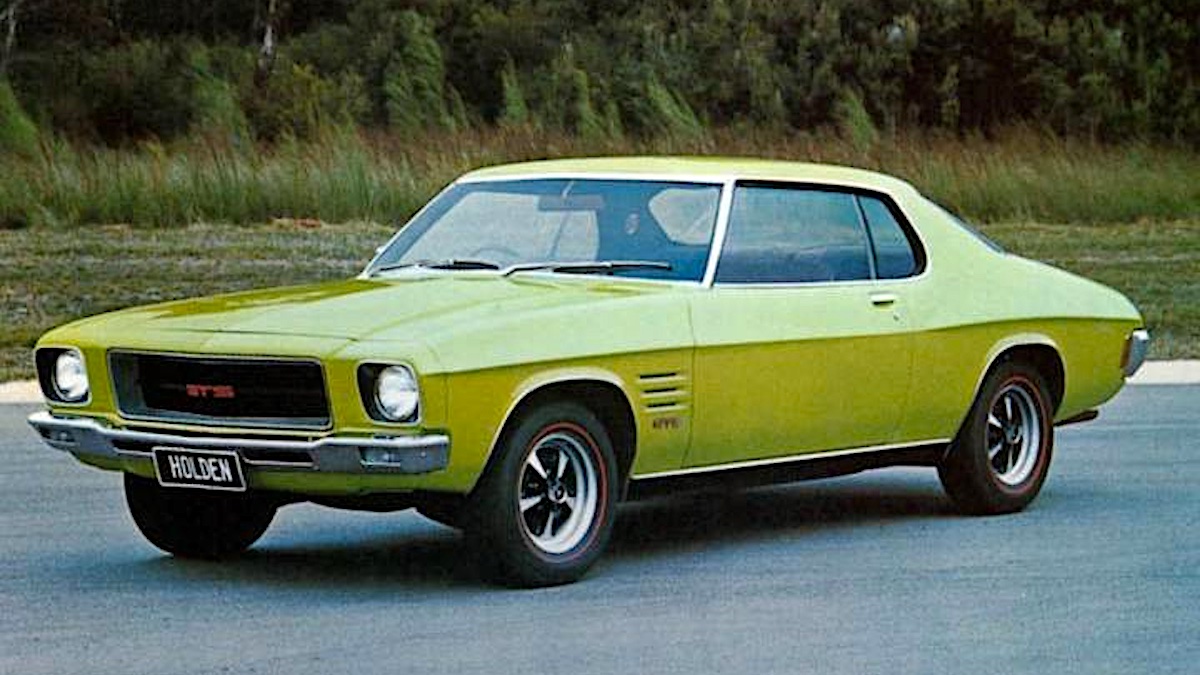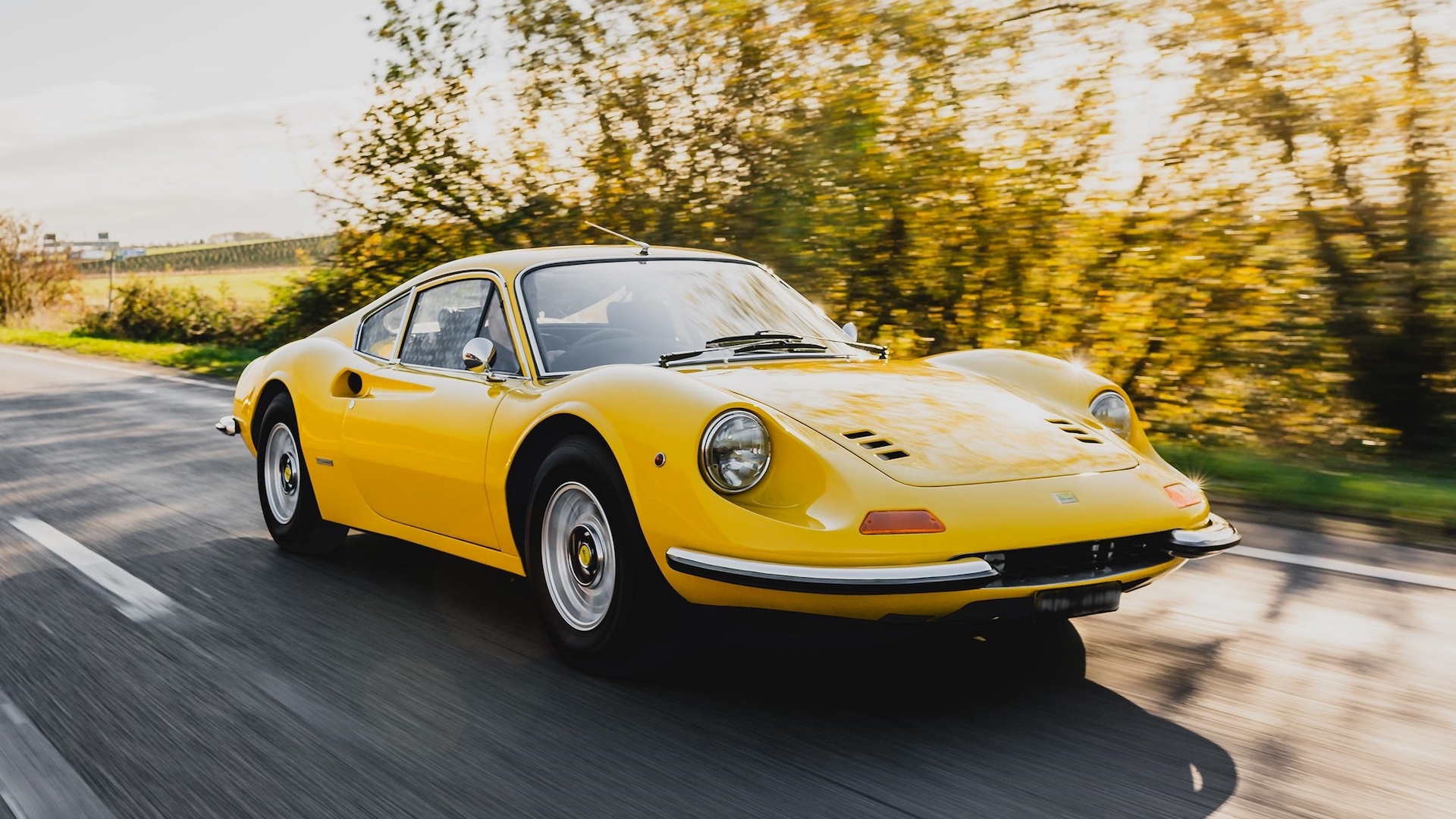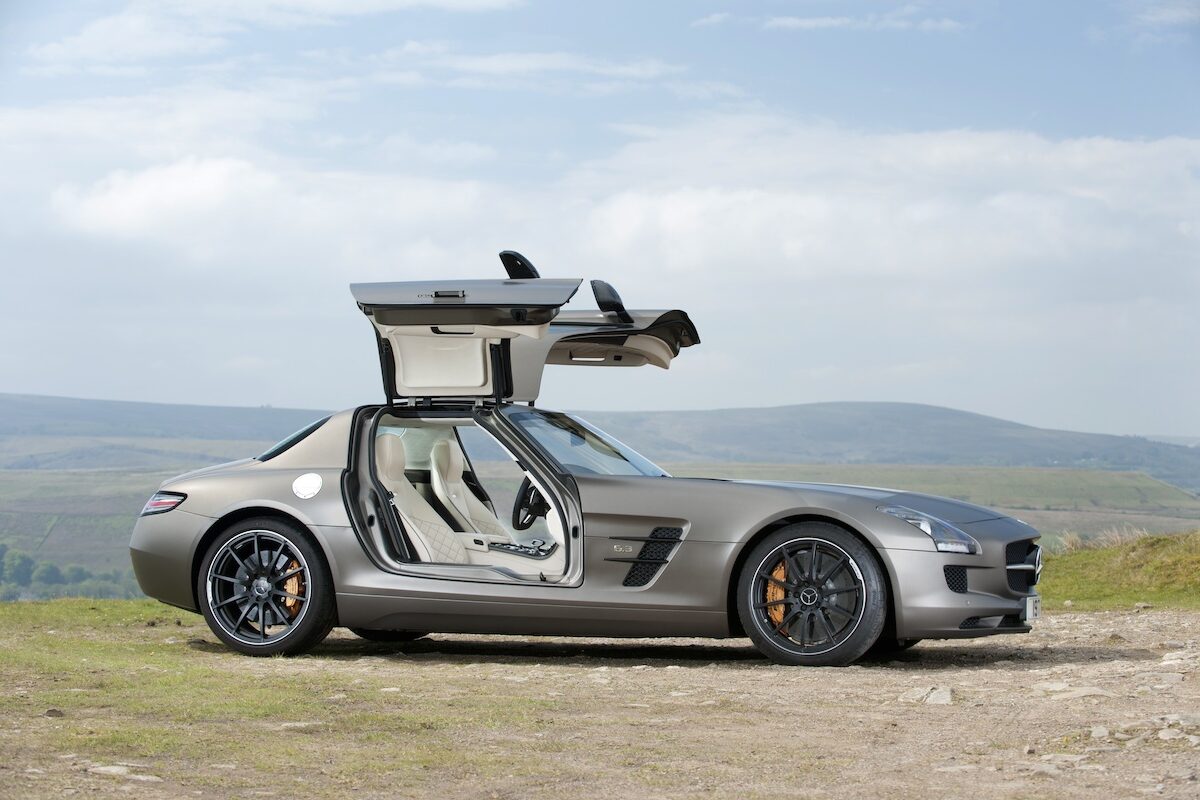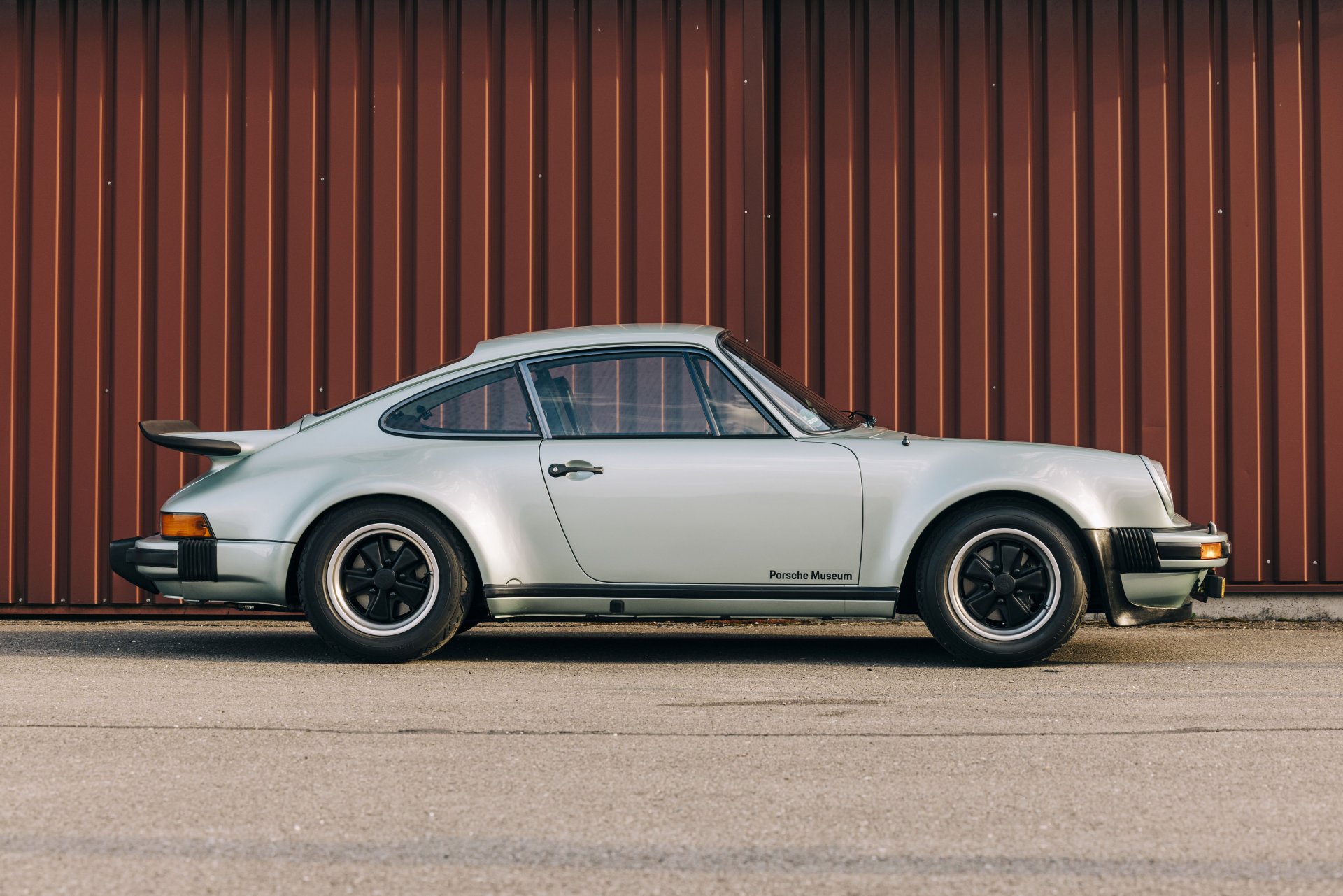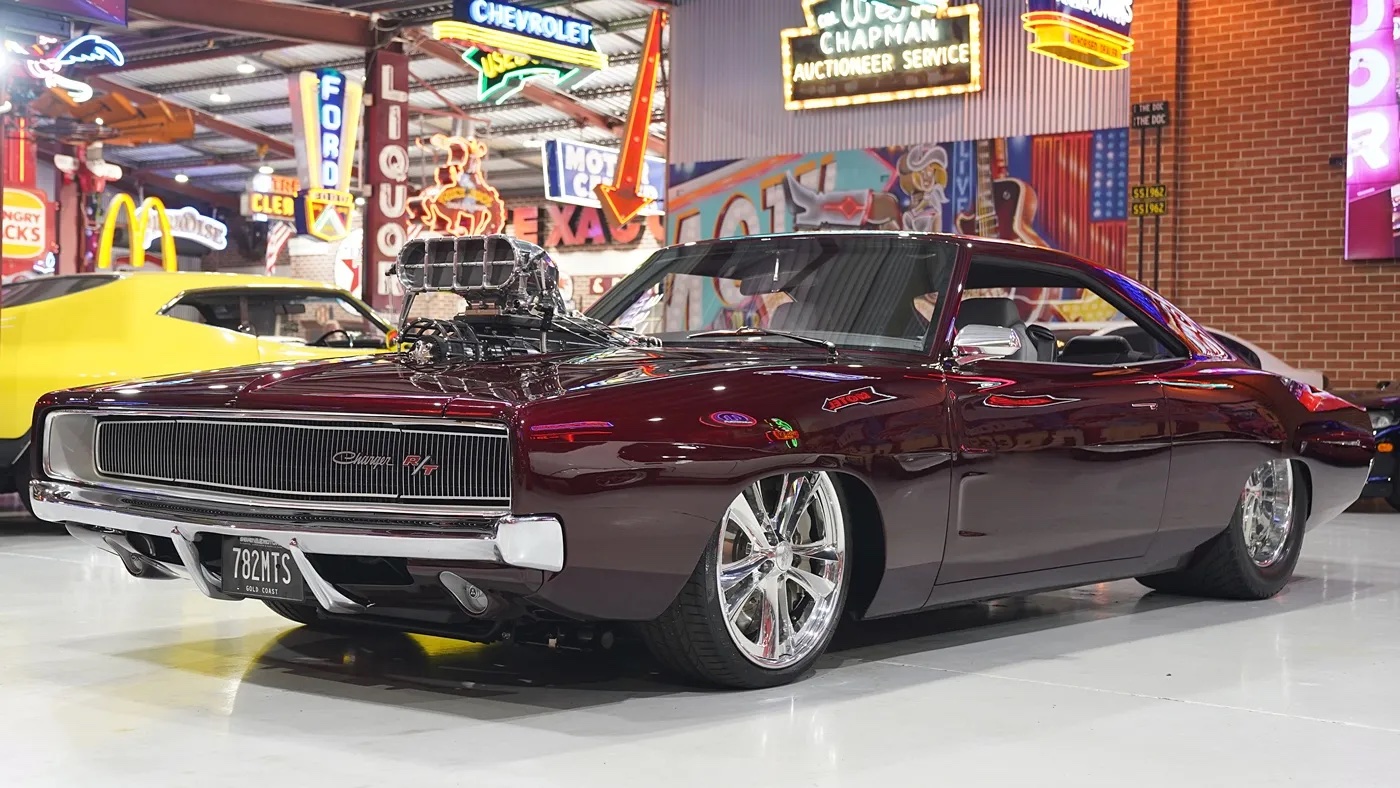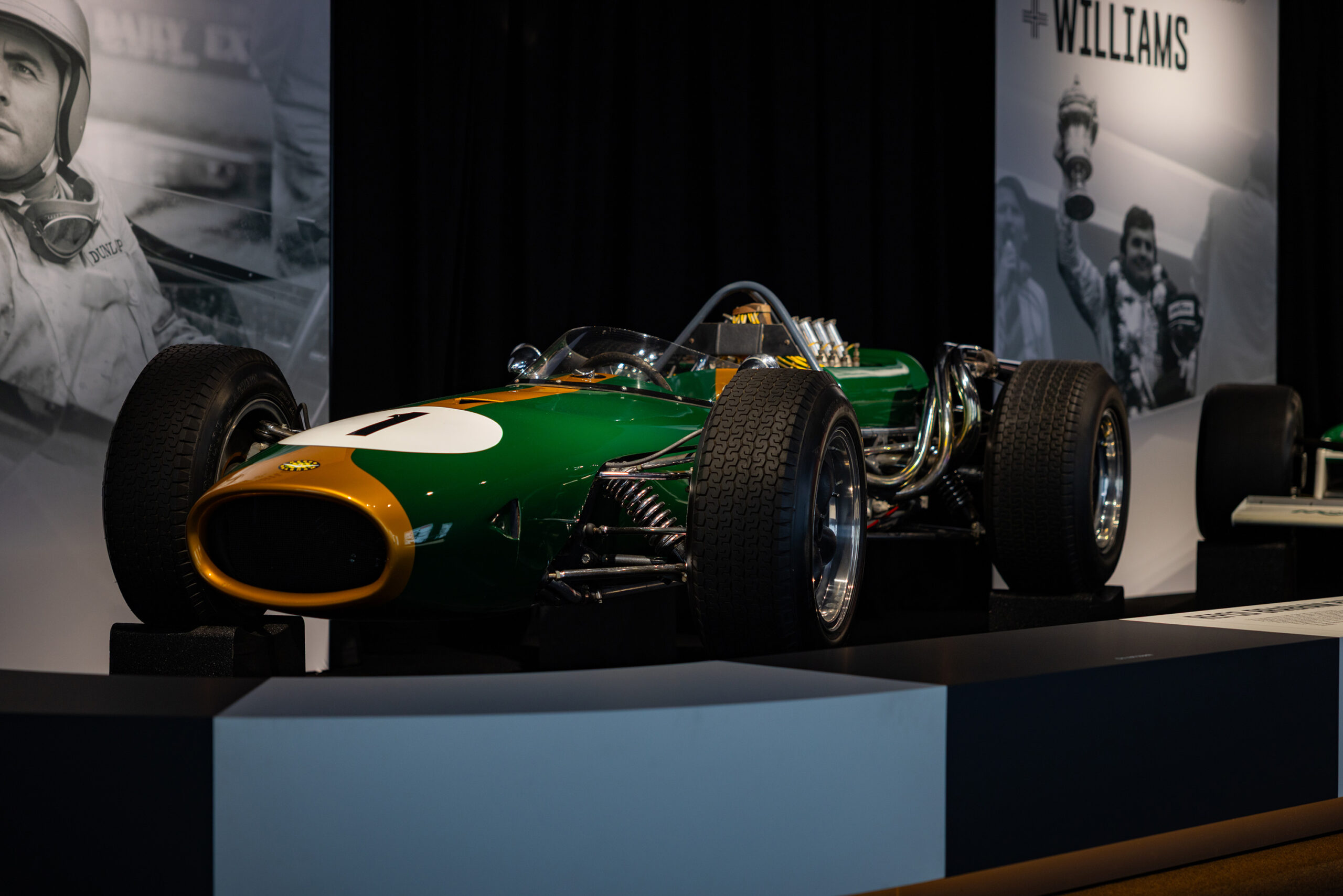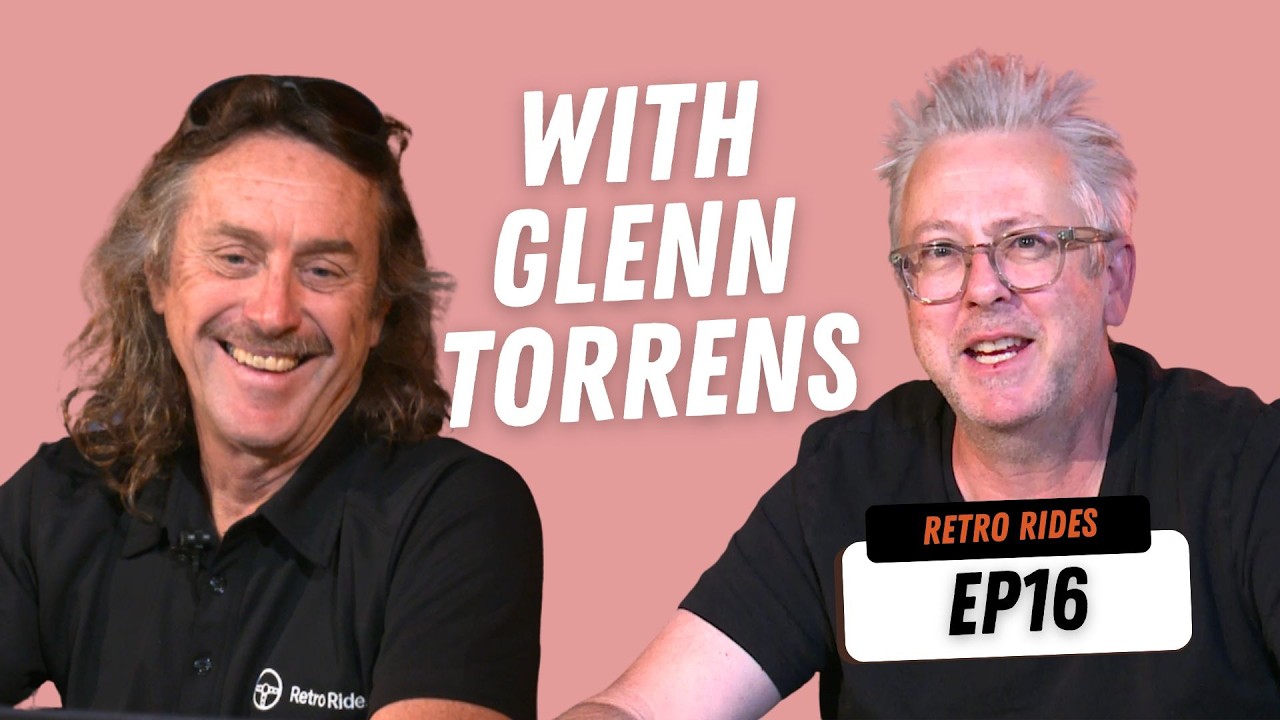Holden’s HQ range was launched in August 1971 to a rapturous reception from the media and buyers. After all, this was a car totally different from the chunky and conservative HG it replaced, with big windows and angular lines in all the right places.
Among the extensive HQ lineup was the two-door Monaro, still regarded by many good judges of horse flesh as the best-looking Australian car of all time.
Every Holden dealer in every city, town and dusty backwash wanted a HW Monaro GTS as the centrepiece of their showroom display and Holden was happy to oblige.
The Monaro had already served its time as a race winner with the HK Monaro GTS 327 winning in 1968 and the HT Monaro GTS 350 taking the chocolates in 1969.
By the time the HQ GTS arrived Holden’s factory-supported racing focus had shifted towards the smaller and more-nimble Torana. While a few brave souls did compete in the HQ GTS, its all-coil suspension was more attuned to smooth progress on urban roads than rocketing around race circuits or rally tracks.
Built on the same 2819mm wheelbase as Holden’s sedans, the Monaro two-door was a genuine family car, with lashings of style and performance on its side.
The sporty GTS cost less than a Premier-spec LS but unlike it and HK-HG versions of the Monaro there was no six-cylinder engine option for the HQ GTS, just a choice of three V8s.
Most cars were built with the locally made 4.2-litre (253-cubic inch) and 5.0-litre (308-cubic inch) V8s, but there was also the Chevrolet-sourced 5.7-litre (350-cubic inch) V8 as an option.
Brakes on GTS versions were disc front and drum rear with power assistance. Thanks to the cars’ soft springs and heavy V8 engines, a panic stop would cause the nose to dip and rear wheels to lock which increased stopping distance.
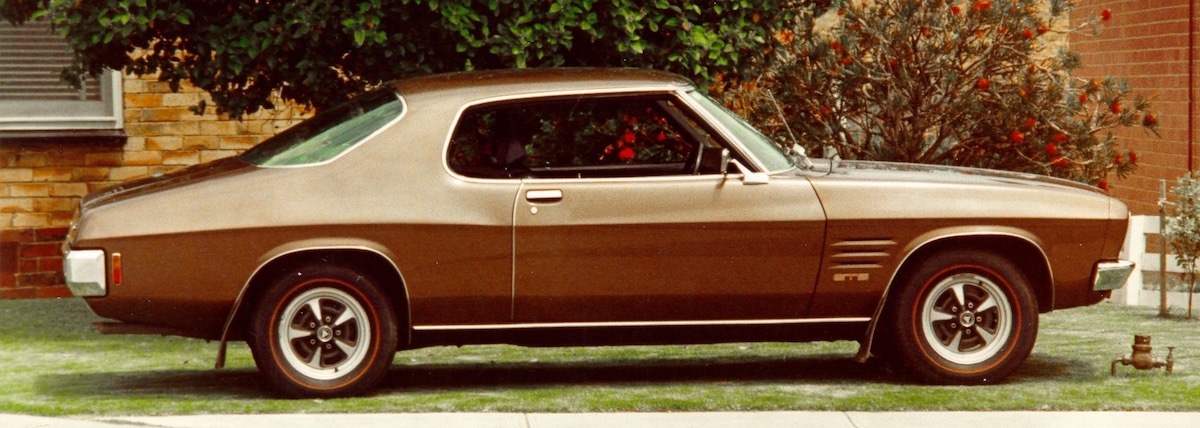
Inside, the GTS boasted stylish and comfortable sports buckets seats up front and a bench rear seat, all clad in a checkerboard material known as ‘houndstooth’.
Mounting points for front seat belts weren’t ideally placed but the later availability of inertia-reel replacement belts has helped in this regard.
Access to the rear seat was easy thanks to the HQ’s generous dimensions and the view when back there wasn’t too bad, even if the mandatory front head restraints did steal some forward visibility.
More convenient for rear seat passengers was the introduction from 1973 of a four-door Monaro. These were available only in GTS trim with V8 engines and in the same manual or automatic transmission combinations as two-door cars.
Without the kudos of being a Bathurst winner, the money available for 350-engined HQs lagged for some time behind their HT counterparts. However, in 2024 that changed when a museum exhibit HQ GTS 350 two-door sold for $315,000.
Rust early in life meant the end for lots of HQ Monaros and while survivors remain under some threat, their values at least now justify the cost of repairs.
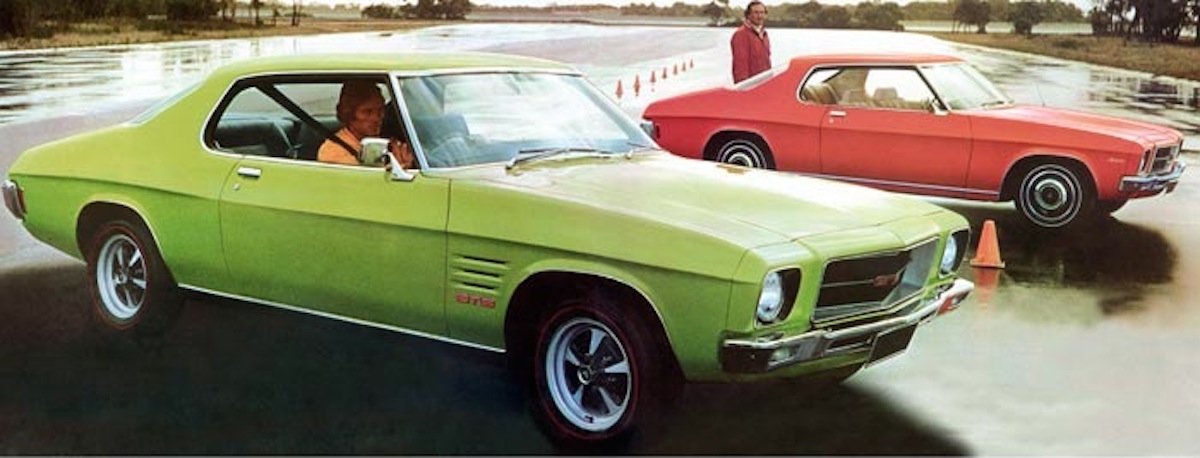
All versions of the HQ Monaro have become scarce and verifying the car you are buying is vital before outlaying a significant sum.
Confirming that the car was built as GTS and with the same engine/transmission shown on the ID plate takes expertise and some research. Build plates alone will not guarantee authenticity and sedans are especially easy to clone.
Genuine 5.0-litre versions of the HQ GTS coupe, especially factory manual cars, are difficult to find and can reach $150,000. That is still below the peak seen during the pandemic era when some vendors were asking more than $200,000.
Monaro sedans will generally cost 50 percent less than coupes, with 4.2-litre automatics in average condition selling for below $60,000. All versions still carry such kudos in the collector world so values over time should continue to grow.
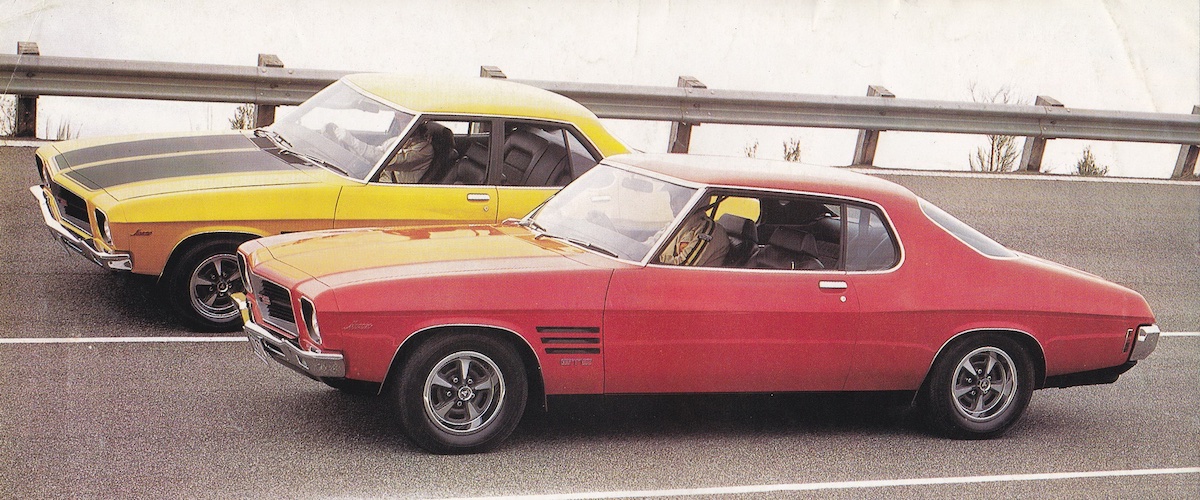
Things To Watch Out For When Buying A Used Holden Monaro HQ GTS (1971-74)
- Rust in the vehicle structure and panels that may be costly to repair or replace.
- Doors hard to close due to worn or rusted hinge mounts.
- Sagging cross member that will require engine removal to fix.
- Engine oil leaks, especially the rear main bearing seal
- Overheating in traffic which can be remedied by fitting one or more electric fans.
- Drooping front end requiring coil spring replacement and perhaps new bushes.
- Damaged window seals in two-door cars causing wind whistle at speed.
Valuation Timeline: Holden Monaro HQ GTS (1971-74)
-
1985$12,000
-
1995$9,500-20.83%
-
2005$18,500+94.74%
-
2012$38,000+105.41%
-
2018$90,000+136.84%
-
2022$160,000+77.78%
-
2025$127,500-20.31%

